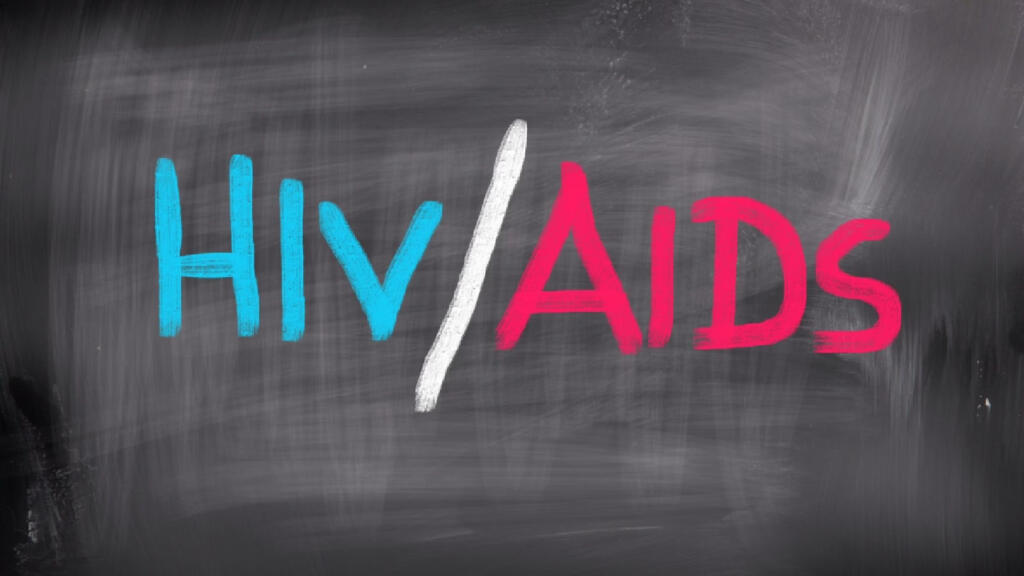Tripura is grappling with a worrying increase in AIDS cases, especially among its student population. The Tripura State AIDS Control Society (TSACS) has reported 828 HIV-positive students, with 572 still alive and 47 deaths due to the infection. Many affected students have moved to other parts of India for higher education, spreading the issue beyond state borders.
This surge in AIDS cases has caught the attention of health officials and policymakers alike. The rise is particularly concerning given that AIDS is a lifelong condition that significantly impacts individuals’ health and quality of life. Furthermore, the spread of AIDS among students poses unique challenges, as it affects their educational pursuits and future prospects.
Root Causes of the AIDS Surge
The main factor behind the rising AIDS cases among Tripura’s youth is injectable drug use (IDU). TSACS data shows that IDU prevalence jumped from 5% (2015-2020) to 10% (2020-2023). The HIV/AIDS positivity rate also increased from 0.56% in 1999 to 0.92% in 2023-24, with 1,790 positive patients identified by May 2024.
While sexual transmission of AIDS has decreased, needle sharing has become a primary mode of virus spread. Injectable drug users are 43 times more likely to contract AIDS than the general adult population. This stark statistic highlights the urgent need for targeted interventions to address drug use and its connection to AIDS transmission.
Youth at High Risk
A staggering 87% of registered IDUs in Tripura are between 16 and 30 years old, with the highest concentration (43.5%) in the 21-25 age group. Alarmingly, 12 individuals under 15 have been confirmed as IDUs, while 22% fall in the 16-20 age bracket. These figures underscore the vulnerability of Tripura’s youth to both drug addiction and AIDS.
The AIDS crisis seems to affect students from well-off families more. Many parents, often government employees, realize their children’s drug addiction too late. This trend suggests that economic prosperity alone does not protect against the risks of drug use and AIDS. In fact, it may sometimes provide easier access to drugs, leading to increased vulnerability.
Combating the AIDS Epidemic
Treatment and Support
Tripura’s Chief Minister, Dr. Manik Saha, has assured that all affected students are receiving or have received Anti-Retroviral Treatment (ART) as per National AIDS Control Organisation (NACO) guidelines. ART is crucial in managing AIDS, suppressing virus replication and maintaining low HIV levels in the blood.
As of May 2024, 8,729 people were registered in ART centers, with 5,674 living with AIDS. This includes 4,570 males, 1,103 females, and one transgender individual. The provision of ART is a critical step in managing the AIDS crisis, as it not only improves the health outcomes of those affected but also reduces the risk of further transmission.
Prevention and Education
In March, the Chief Minister emphasized the need for monitoring and educating youth about drug abuse dangers. He called on clubs and organizations to help raise awareness about the rising AIDS cases, especially among young people using intravenous drugs.
Education plays a vital role in combating the spread of AIDS. By providing accurate information about the risks of drug use and unsafe sexual practices, young people can make informed decisions about their health. Moreover, reducing the stigma associated with AIDS through education can encourage more individuals to seek testing and treatment.
The Road Ahead
Tripura’s fight against AIDS continues. While the government is implementing measures, more sustained efforts are needed. Key strategies include:
1. Enhancing education programs: Develop comprehensive AIDS awareness curricula for schools and colleges.
2. Expanding community outreach: Engage local leaders and organizations in AIDS prevention efforts.
3. Improving access to healthcare services: Ensure easy availability of testing, counseling, and treatment facilities.
4. Addressing drug addiction: Implement robust drug rehabilitation programs and support services.
5. Targeting high-risk groups: Develop specific interventions for youth and injectable drug users.
By focusing on prevention, treatment, and support, Tripura can work towards a healthier future for its younger generations. The battle against AIDS requires ongoing commitment and collaboration from all sectors of society.
Conclusion
The AIDS crisis in Tripura serves as a wake-up call for the entire region. It highlights the need for comprehensive strategies that address not only the medical aspects of AIDS but also the social and economic factors that contribute to its spread. By tackling drug addiction, improving education, and ensuring access to quality healthcare, Tripura can hope to reverse the tide of rising AIDS cases among its youth. The road ahead may be challenging, but with concerted efforts and community involvement, progress is possible in the fight against AIDS.
ALSO READ: ‘Bring Aadhaar to meet me’ says Kangana Ranaut. But Why?
